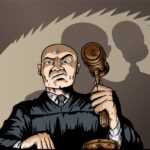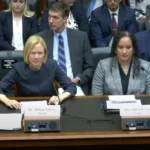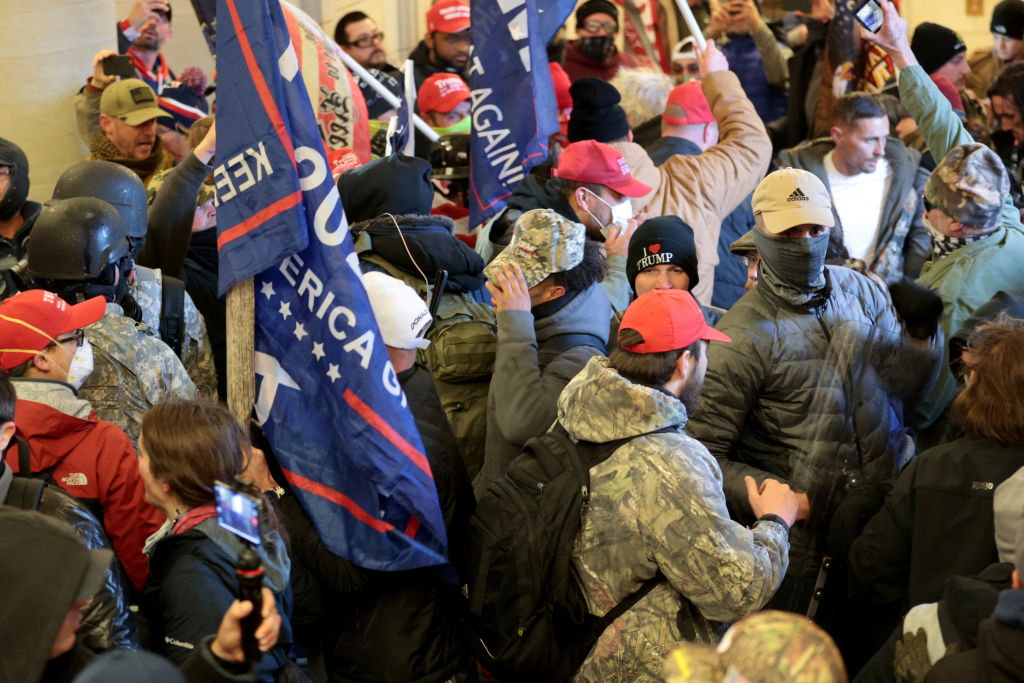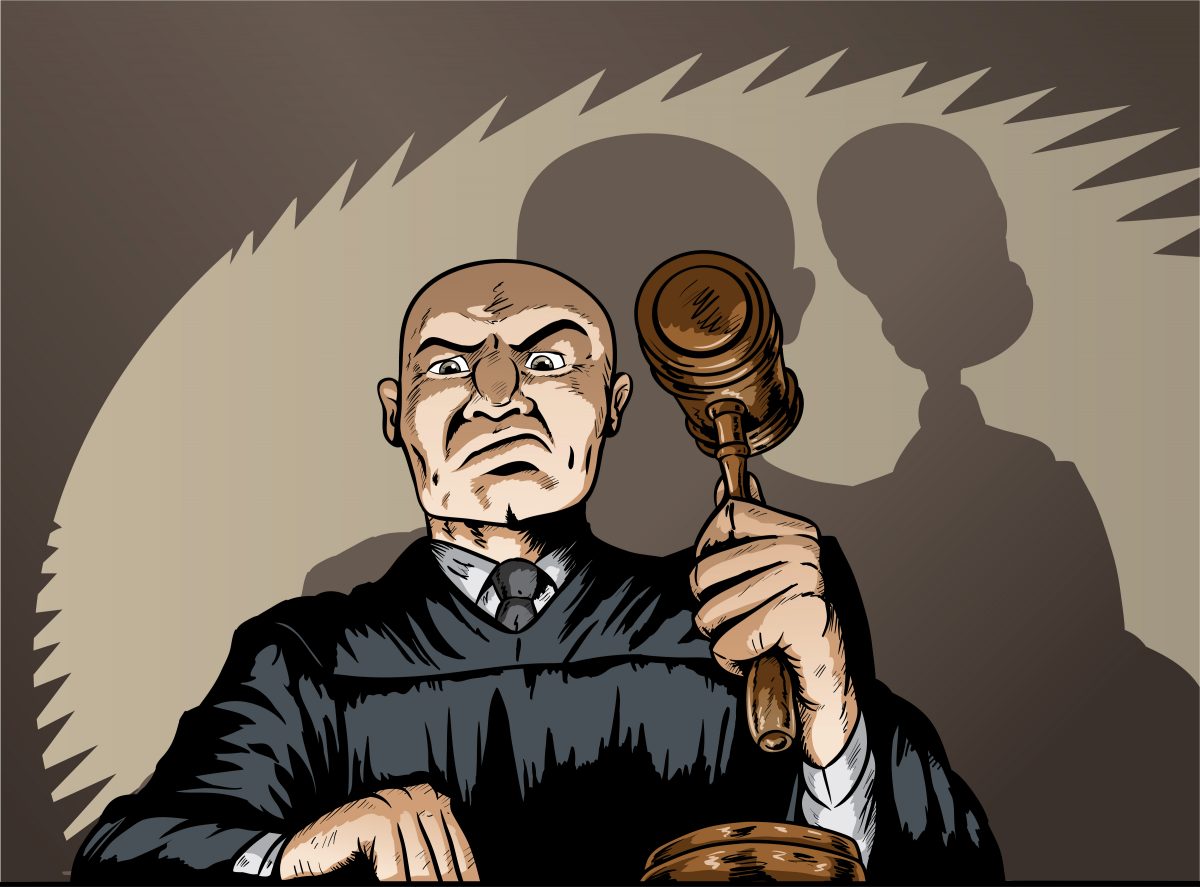To print this article, all you need is to be registered or login on Mondaq.com.
The U.S. Patent and Trademark Office (USPTO) has published
inventorship guidelines (USPTO Guidelines) for patenting inventions
made with the assistance of artificial intelligence (AI). These
guidelines are 22 pages long. Several key takeaways follow:
AI-Assisted Inventions are Patentable Only if There is at Least
One Human Inventor
The USPTO Guidelines explain that an invention conceived and/or
reduced to practice using AI must have at least one human inventor
to be patentable in the U.S. That is, a natural person (i.e., a
human being) must have made a “significant contribution”
to the invention characterized by the claims in the patent
application.
The AI system should not be listed as a co-inventor. As we
reported in our Patent Law Alert AI Machines Are Not Human Inventors, the USPTO
previously refused to recognize the AI system called DABUS as an
inventor in two patent applications. In both applications, only
DABUS was identified as an inventor; there were no human inventors
identified. The Court of Appeals for the Federal Circuit
(affirming a decision by the District Court for the Eastern
District of Virginia) agreed with the USPTO. It was clear that an
inventor must be a natural person. We reported those court
decisions in our Patent Law Alert Federal Circuit Affirms that Artificial
Intelligence Cannot Be an “Inventor”.
But those decisions did not address the question of whether an
invention is patentable when both a natural person and an AI system
contribute to the invention.
“Significant Contribution”
The USPTO Guidelines’ explanation that a natural person must
have made a “significant contribution” to be an inventor
is not new to patent law. This is the standard that is applied when
determining when multiple persons are properly identified as
co-inventors. This standard has existed for nearly a century, when
the now defunct United States Court of Customs and Patent Appeals
(CCPA) held in 1929 that “each named inventor
must have significantly contributed to the ‘definite and
permanent idea of the complete and operative invention as it is
thereafter applied in practice.'” In determining what
constitutes “significant,” the Federal Circuit held that an inventor’s
contribution cannot be insignificant in quantity “when …
measured against the dimensions of the full invention.” As an
example, the inventor’s contribution must “do more than
merely explain well-known concepts and/or the current state of the
art.”
The CCPA also recognized that there must be a
contemporaneous “recognition and appreciation of the invention
for there to be a conception” of it by the inventor. However,
not every inventor must have this recognition; it is sufficient for
only one of several co-inventors to recognize and appreciate the
invention at the time it was conceived.
Assessing Inventorship – Practical Suggestions
The USPTO Guidelines recognize that determining inventorship of
AI-assisted inventions may be difficult. They offer the following
techniques/inquiries to help evaluate whether one or more natural
persons are proper inventors in an AI-assisted invention.
- The determination of inventorship must be made on a
claim-by-claim basis. An inventor must have significantly
contributed to an invention as set forth in at least one claim in
the patent application. It is a common misconception that an
inventor must have made a significant contribution to all or nearly
all aspects (or all versions) of an invention. The threshold is far
lower; a natural person is an inventor (whether or not AI
contributed to the invention) if that person significantly
contributed to the “claimed invention” as set forth in at
least one patent claim. - Merely recognizing a problem or having a general goal or
research plan to pursue is not sufficient for
“conception” of an invention. A natural person who only
presents a problem to the AI system, or has ownership and control
over AI operations, is not an inventor. - On the other hand, a natural person has made a significant
contribution and thus is an inventor if (as non-limiting examples)
that person : (a) constructed the prompts to the AI system in view
of a specific problem to elicit a particular solution from the AI
system; (b) trained the AI system to elicit the particular
solution; (c) provided an essential building block to the AI
system; or (d) modified multiple steps in a multi-step AI-assisted
search to help elicit the solution. - Recognizing an invention in the output provided by the AI
system does not in itself rise to the level of inventorship for
U.S. patenting purposes.
The content of this article is intended to provide a general
guide to the subject matter. Specialist advice should be sought
about your specific circumstances.
POPULAR ARTICLES ON: Intellectual Property from United States
#Patent #Law #Alert #USPTO #Issues #Inventorship #Guidelines #AIAssisted #Inventions #Patent











